Chrysler 2008 Annual Report Download - page 262
Download and view the complete annual report
Please find page 262 of the 2008 Chrysler annual report below. You can navigate through the pages in the report by either clicking on the pages listed below, or by using the keyword search tool below to find specific information within the annual report.-
 1
1 -
 2
2 -
 3
3 -
 4
4 -
 5
5 -
 6
6 -
 7
7 -
 8
8 -
 9
9 -
 10
10 -
 11
11 -
 12
12 -
 13
13 -
 14
14 -
 15
15 -
 16
16 -
 17
17 -
 18
18 -
 19
19 -
 20
20 -
 21
21 -
 22
22 -
 23
23 -
 24
24 -
 25
25 -
 26
26 -
 27
27 -
 28
28 -
 29
29 -
 30
30 -
 31
31 -
 32
32 -
 33
33 -
 34
34 -
 35
35 -
 36
36 -
 37
37 -
 38
38 -
 39
39 -
 40
40 -
 41
41 -
 42
42 -
 43
43 -
 44
44 -
 45
45 -
 46
46 -
 47
47 -
 48
48 -
 49
49 -
 50
50 -
 51
51 -
 52
52 -
 53
53 -
 54
54 -
 55
55 -
 56
56 -
 57
57 -
 58
58 -
 59
59 -
 60
60 -
 61
61 -
 62
62 -
 63
63 -
 64
64 -
 65
65 -
 66
66 -
 67
67 -
 68
68 -
 69
69 -
 70
70 -
 71
71 -
 72
72 -
 73
73 -
 74
74 -
 75
75 -
 76
76 -
 77
77 -
 78
78 -
 79
79 -
 80
80 -
 81
81 -
 82
82 -
 83
83 -
 84
84 -
 85
85 -
 86
86 -
 87
87 -
 88
88 -
 89
89 -
 90
90 -
 91
91 -
 92
92 -
 93
93 -
 94
94 -
 95
95 -
 96
96 -
 97
97 -
 98
98 -
 99
99 -
 100
100 -
 101
101 -
 102
102 -
 103
103 -
 104
104 -
 105
105 -
 106
106 -
 107
107 -
 108
108 -
 109
109 -
 110
110 -
 111
111 -
 112
112 -
 113
113 -
 114
114 -
 115
115 -
 116
116 -
 117
117 -
 118
118 -
 119
119 -
 120
120 -
 121
121 -
 122
122 -
 123
123 -
 124
124 -
 125
125 -
 126
126 -
 127
127 -
 128
128 -
 129
129 -
 130
130 -
 131
131 -
 132
132 -
 133
133 -
 134
134 -
 135
135 -
 136
136 -
 137
137 -
 138
138 -
 139
139 -
 140
140 -
 141
141 -
 142
142 -
 143
143 -
 144
144 -
 145
145 -
 146
146 -
 147
147 -
 148
148 -
 149
149 -
 150
150 -
 151
151 -
 152
152 -
 153
153 -
 154
154 -
 155
155 -
 156
156 -
 157
157 -
 158
158 -
 159
159 -
 160
160 -
 161
161 -
 162
162 -
 163
163 -
 164
164 -
 165
165 -
 166
166 -
 167
167 -
 168
168 -
 169
169 -
 170
170 -
 171
171 -
 172
172 -
 173
173 -
 174
174 -
 175
175 -
 176
176 -
 177
177 -
 178
178 -
 179
179 -
 180
180 -
 181
181 -
 182
182 -
 183
183 -
 184
184 -
 185
185 -
 186
186 -
 187
187 -
 188
188 -
 189
189 -
 190
190 -
 191
191 -
 192
192 -
 193
193 -
 194
194 -
 195
195 -
 196
196 -
 197
197 -
 198
198 -
 199
199 -
 200
200 -
 201
201 -
 202
202 -
 203
203 -
 204
204 -
 205
205 -
 206
206 -
 207
207 -
 208
208 -
 209
209 -
 210
210 -
 211
211 -
 212
212 -
 213
213 -
 214
214 -
 215
215 -
 216
216 -
 217
217 -
 218
218 -
 219
219 -
 220
220 -
 221
221 -
 222
222 -
 223
223 -
 224
224 -
 225
225 -
 226
226 -
 227
227 -
 228
228 -
 229
229 -
 230
230 -
 231
231 -
 232
232 -
 233
233 -
 234
234 -
 235
235 -
 236
236 -
 237
237 -
 238
238 -
 239
239 -
 240
240 -
 241
241 -
 242
242 -
 243
243 -
 244
244 -
 245
245 -
 246
246 -
 247
247 -
 248
248 -
 249
249 -
 250
250 -
 251
251 -
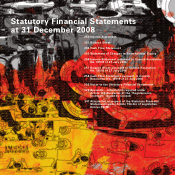 252
252 -
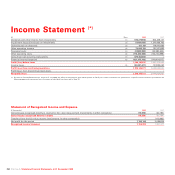 253
253 -
 254
254 -
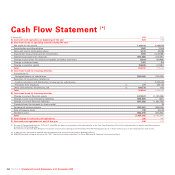 255
255 -
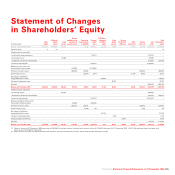 256
256 -
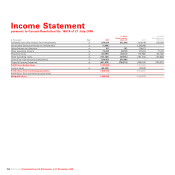 257
257 -
 258
258 -
 259
259 -
 260
260 -
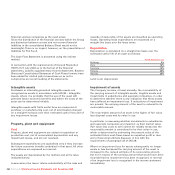 261
261 -
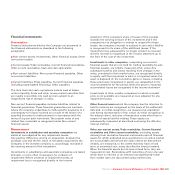 262
262 -
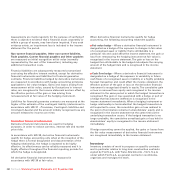 263
263 -
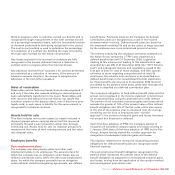 264
264 -
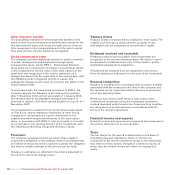 265
265 -
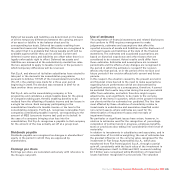 266
266 -
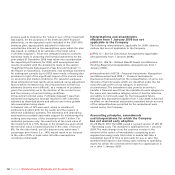 267
267 -
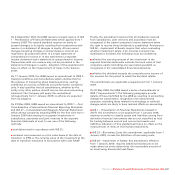 268
268 -
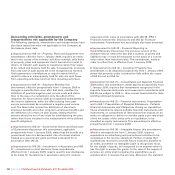 269
269 -
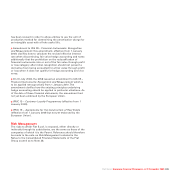 270
270 -
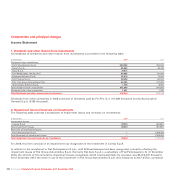 271
271 -
 272
272 -
 273
273 -
 274
274 -
 275
275 -
 276
276 -
 277
277 -
 278
278 -
 279
279 -
 280
280 -
 281
281 -
 282
282 -
 283
283 -
 284
284 -
 285
285 -
 286
286 -
 287
287 -
 288
288 -
 289
289 -
 290
290 -
 291
291 -
 292
292 -
 293
293 -
 294
294 -
 295
295 -
 296
296 -
 297
297 -
 298
298 -
 299
299 -
 300
300 -
 301
301 -
 302
302 -
 303
303 -
 304
304 -
 305
305 -
 306
306 -
 307
307 -
 308
308 -
 309
309 -
 310
310 -
 311
311 -
 312
312 -
 313
313 -
 314
314 -
 315
315 -
 316
316 -
 317
317 -
 318
318 -
 319
319 -
 320
320 -
 321
321 -
 322
322 -
 323
323 -
 324
324 -
 325
325 -
 326
326 -
 327
327 -
 328
328 -
 329
329 -
 330
330 -
 331
331 -
 332
332 -
 333
333 -
 334
334 -
 335
335 -
 336
336 -
 337
337 -
 338
338 -
 339
339 -
 340
340 -
 341
341 -
 342
342 -
 343
343 -
 344
344 -
 345
345 -
 346
346 -
 347
347 -
 348
348 -
 349
349 -
 350
350 -
 351
351 -
 352
352 -
 353
353 -
 354
354 -
 355
355 -
 356
356
 |
 |
Fiat S.p.A. Statutory Financial Statements at 31 December 2008 261
Financial instruments
Presentation
Financial instruments held by the Company are presented in
the financial statements as described in the following
paragraphs:
Non-current assets: Investments, Other financial assets, Other
non-current assets.
Current assets: Trade receivables, Current financial receivables,
Other current receivables, Cash and cash equivalents.
Non-current liabilities: Non-current financial payables, Other
non-current liabilities.
Current liabilities: Trade payables, Current financial payables
(including asset-backed financing), Other payables.
The item Cash and cash equivalents include cash at banks,
units in liquidity funds and other money market securities that
are readily convertible into cash and are subject to an
insignificant risk of changes in value.
Non-current financial payables includes liabilities related to
financial guarantees. These financial guarantees are contracts
where the company undertakes to make specific payments to a
counterparty for losses incurred as a result of the failure of a
specified borrower to make payment in accordance with the
terms of a given debt instrument. The present value of any
related fees receivable is recognised under Non-current
financial assets.
Measurement
Investments in subsidiaries and associate companies are
stated at cost adjusted for any impairment losses.
Any positive difference, arising on acquisition, between the
purchase cost and the fair value of net assets acquired by the
Company in the investee company is, accordingly, included in
the carrying amount of the investment.
Investments in subsidiaries and associate companies are tested
annually, or more often if necessary, for evidence of
impairment. Where evidence of impairment exists, an
impairment loss is recognised directly in the income
statement. If the company’s share of losses of the investee
exceeds the carrying amount of the investment and if the
company has an obligation or intends to respond for these
losses, the company’s interest is reduced to zero and a liability
is recognised for its share of the additional losses. If the
impairment loss subsequently no longer exists it is reversed
and the reversal is recognised in the income statement up to
the limit of the cost of the investment.
Investments in other companies, comprising non-current
financial assets that are not held for trading (available-for-sale
financial assets), are initially measured at fair value. Any
subsequent profits and losses resulting from changes in fair
value, correlated to their market price, are recognised directly
in equity until the investment is sold or is impaired; when the
asset is disposed of, the cumulative gains or losses, including
those previously recognised in equity, are reclassified in the
income statement for the period; when the asset is impaired,
accumulated losses are recognised in the income statement.
Investments in other smaller companies for which a market
price is not available are measured at cost, adjusted for any
impairment losses.
Other financial assets which the company has the intention to
hold to maturity are recognised on the basis of the settlement
date and, on initial recognition, are measured at acquisition
cost (being representative of fair value) on initial recognition in
the balance sheet, inclusive of transaction costs other than in
respect of assets held for trading. These assets are
subsequently measured at amortised cost using the effective
interest method.
Other non-current assets, Trade receivables, Current financial
receivables and Other current receivables, excluding assets
deriving from derivative financial instruments and all financial
assets for which published price quotations in an active market
are not available and whose fair value cannot be determined
reliably, are measured, to the extent that they have a fixed
term, at amortised cost, using the effective interest method.
When the financial assets do not have a fixed term, they are
measured at cost. Receivables with maturities of over one year
which bear no interest or an interest rate significantly lower
than market rates are discounted using market rates.
